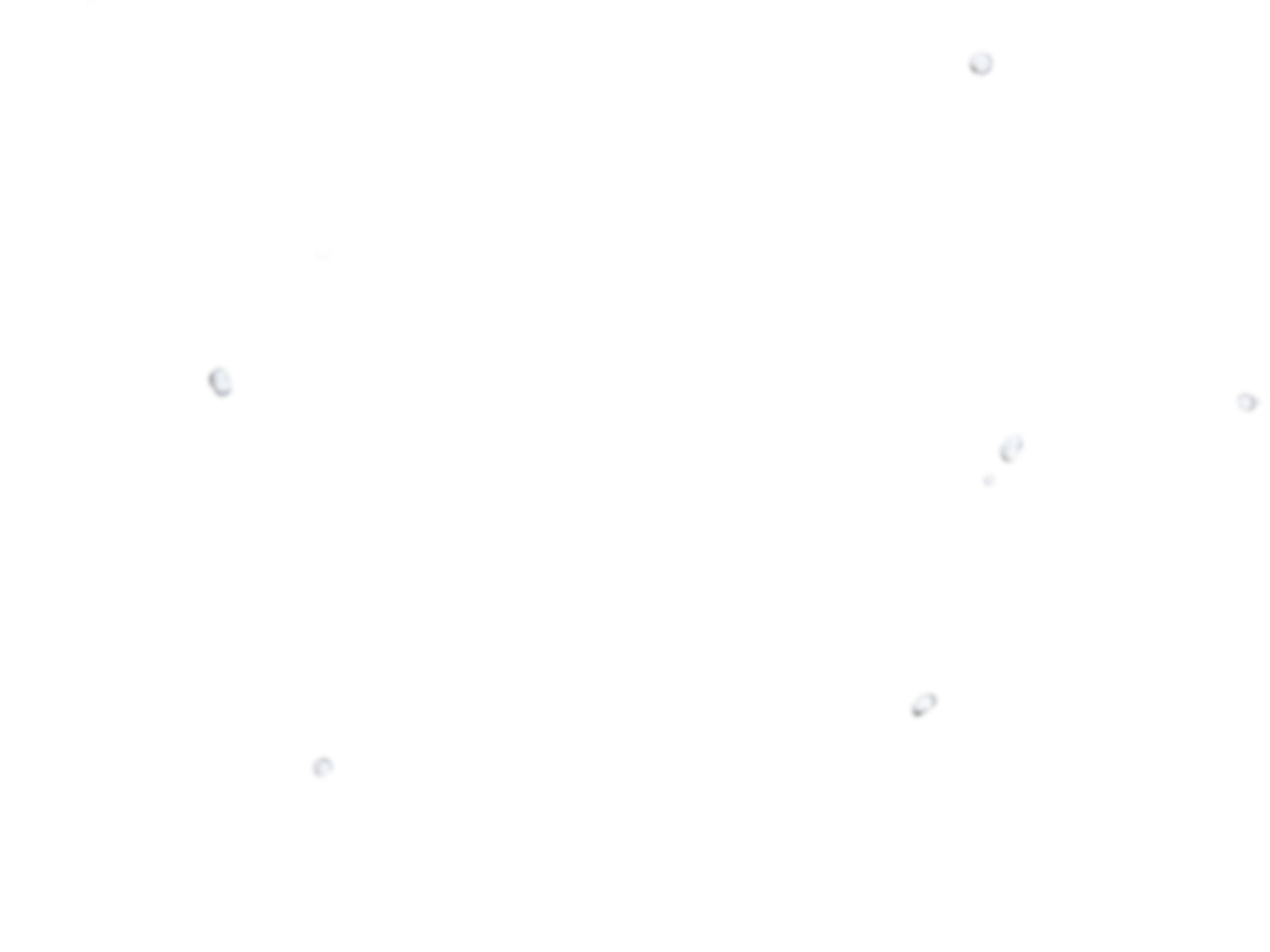



Application Series
Deepwell Submersible Pumps: The Silent Workhorses of Water Extraction
Deepwell submersible pumps are the unsung heroes of water extraction, operating silently beneath the surface to draw water from great depths. These pumps are specifically designed for deep wells, where traditional surface pumps would struggle to reach the water source. The submersion of the pump directly into the water column reduces the need for long suction pipes and smalls the energy required to lift the water.
Constructed with robust materials to withstand the pressure and corrosive environment of deep wells, deep well submersible pumps are often made of stainless steel or other corrosion-resistant alloys. Their design typically includes a sealed motor and pump assembly that is cooled by the water itself, ensuring efficient operation and longevity.
These pumps are ideal for rural water supply systems, agricultural irrigation, and even in remote areas where surface water is scarce. They are also commonly used in fire protection systems, providing a reliable source of water in the event of an emergency.
The installation of a deep well submersible pump is a critical process that requires precision to ensure ideal performance. The pump must be correctly aligned and secured to prevent damage from the weight of the cable and the water pressure. Maintenance is small but essential, with regular checks on the motor and seals to prevent leakage and ensure uninterrupted service.
In summary, deep well submersible pumps are a testament to engineering prowess, offering a reliable and efficient solution for deep water extraction. Their silent operation and small environmental impact make them a preferred choice for various applications where water is a precious resource.
Submersible Sludge Pumps: The Champions of Waste Management
Submersible sludge pumps are the champions in the battle against waste, specifically designed to handle the toughest of sludge and wastewater. These pumps are the workhorses of industries dealing with effluents, sewage, and other viscous materials that would quickly clog and damage conventional pumps.
Built to operate in harsh conditions, submersible sludge pumps are encased in robust housings, often made of heavy-duty materials like cast iron or stainless steel. Their submersion in the sludge itself helps to prevent clogging and allows for continuous operation without the need for constant maintenance.
One of the key features of a submersible sludge pump is its impeller design. The impeller is typically large and open to handle the high volume of solid particles found in sludge. This design ensures that the pump can maintain high efficiency even when dealing with abrasive or stringy materials.
These pumps are equipped with various safety features, such as thermal overload protection for the motor and automatic restart functions, which enhance their reliability and reduce downtime. The ease of installation and the ability to operate in a wide range of environments make submersible sludge pumps a popular choice for municipal wastewater treatment plants, industrial effluent management, and mining operations.
Maintenance of submersible sludge pumps, while infrequent, is crucial for their longevity. Regular inspections of the impeller and wear rings, as well as checking for any signs of wear or damage, are essential to keep the pump running at peak performance.
In conclusion, submersible sludge pumps are indispensable in the field of waste management, providing a robust and reliable solution for the handling of sludge and other challenging materials. Their durability and efficiency make them a valuable asset in any operation where the management of waste is a priority.



 English
English русский
русский عربى
عربى




